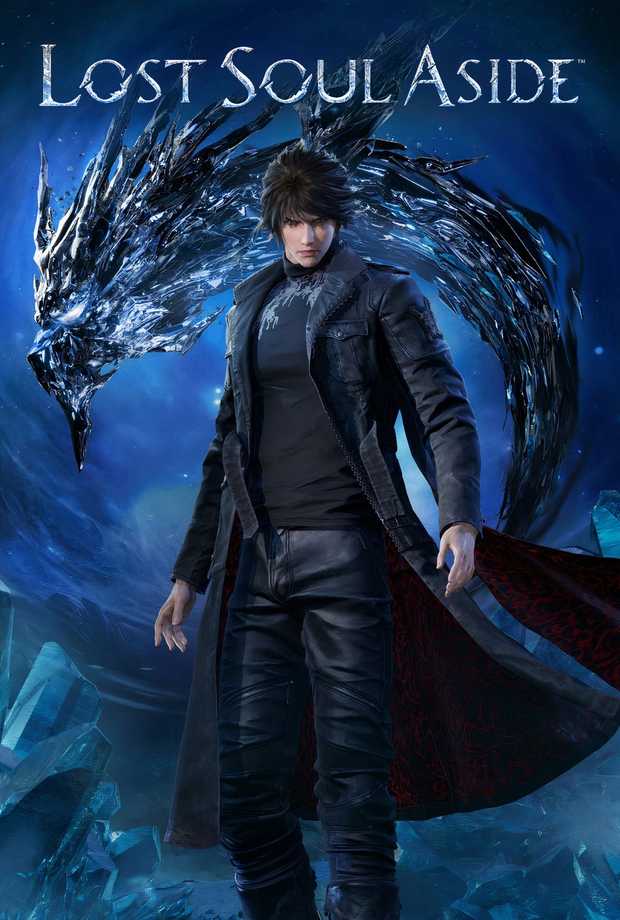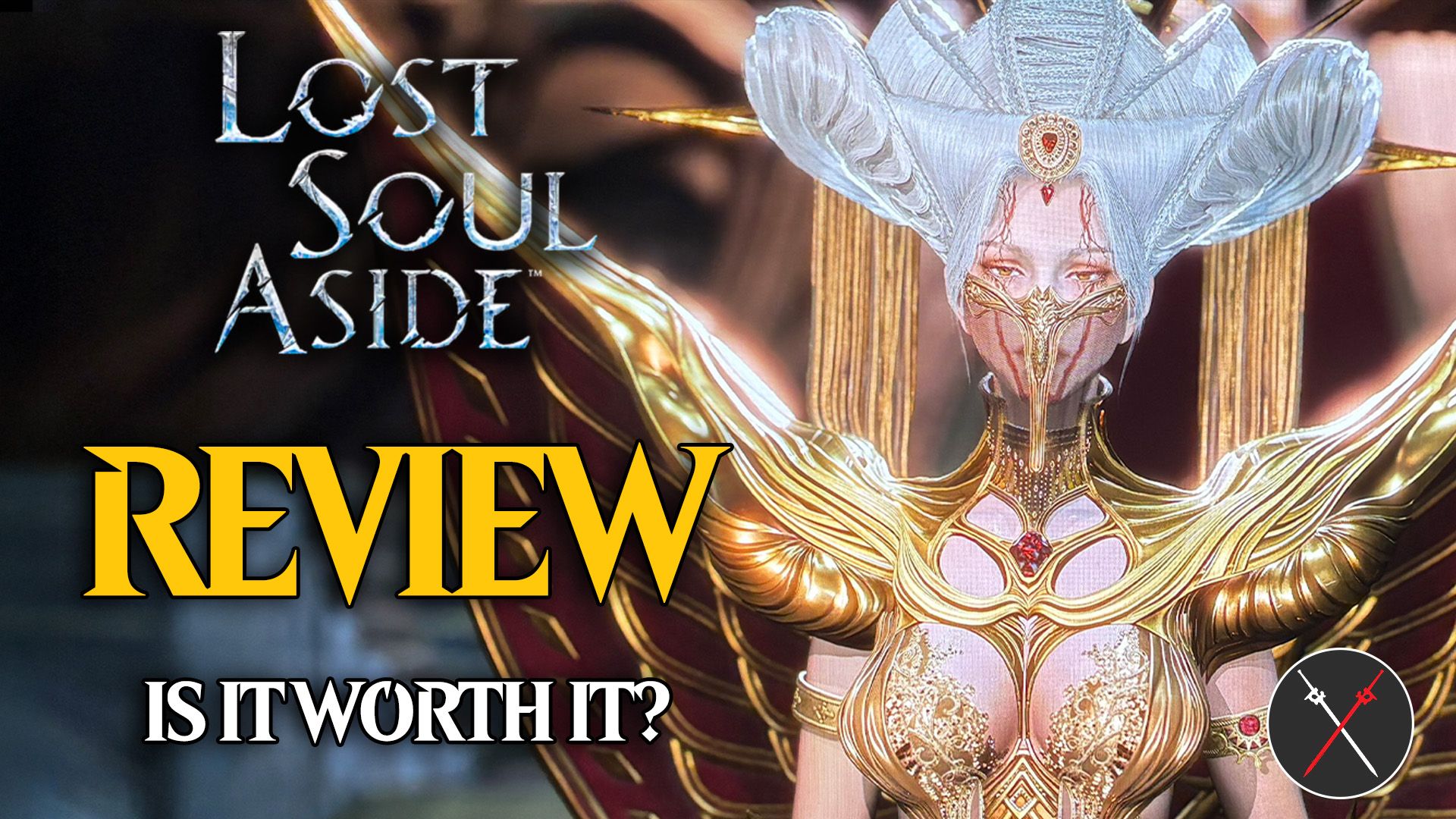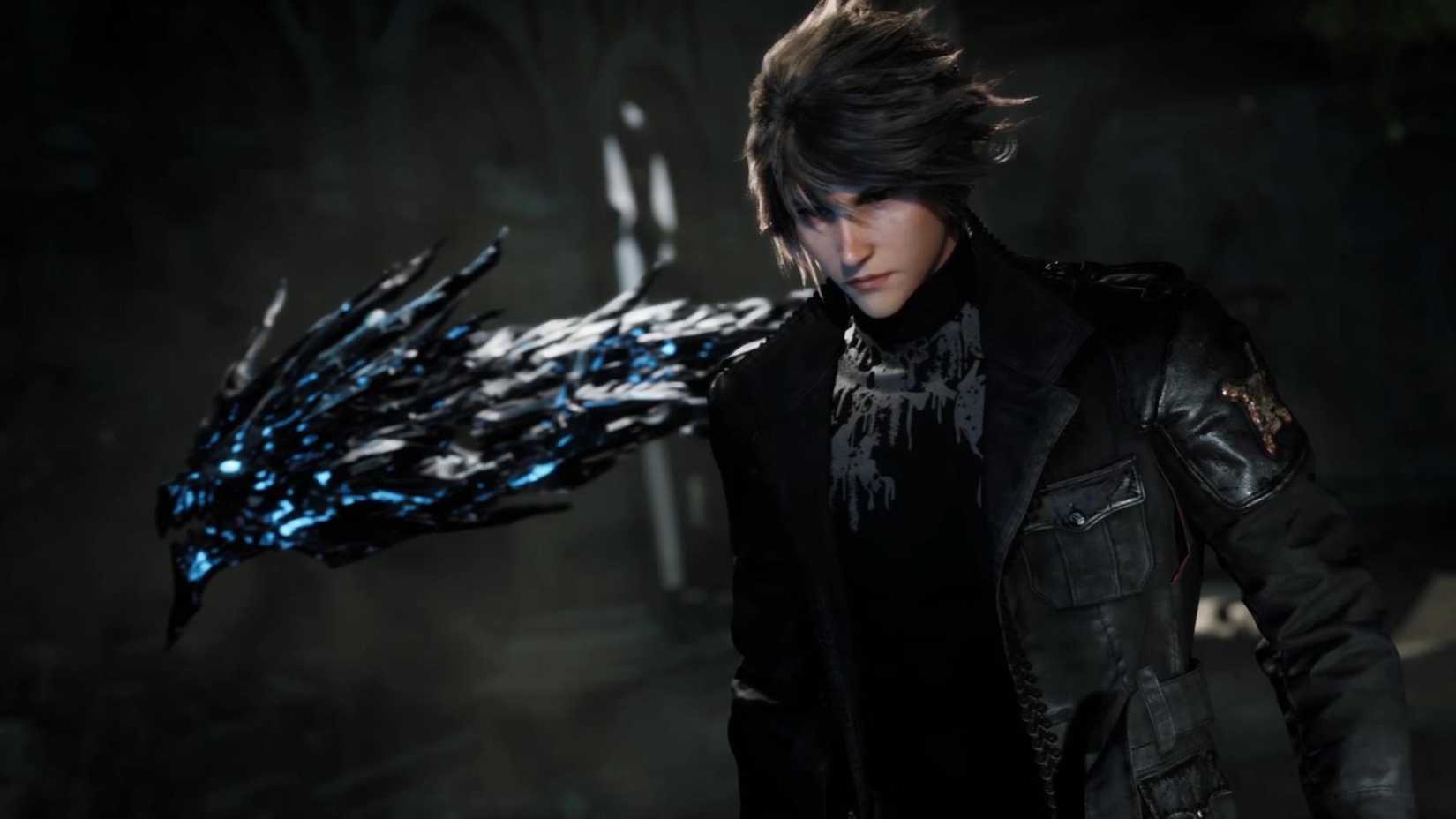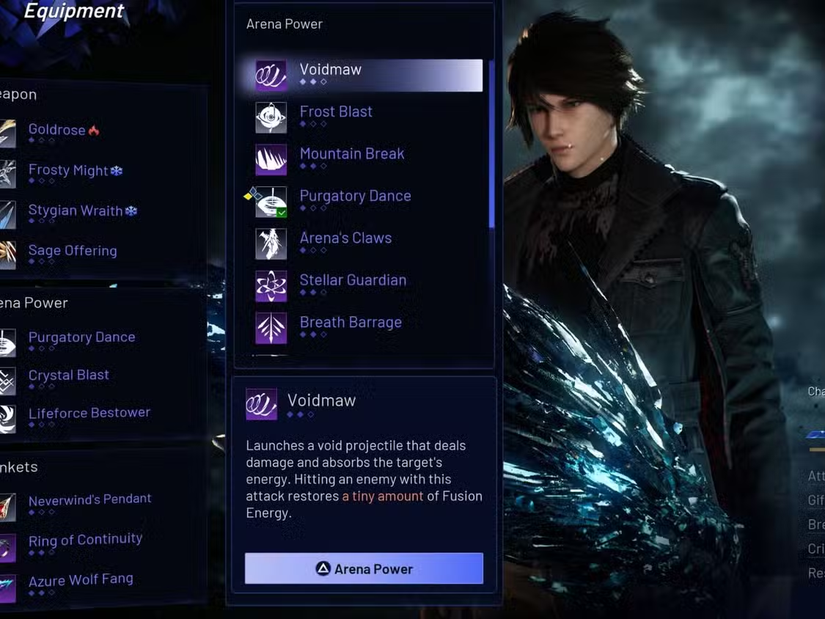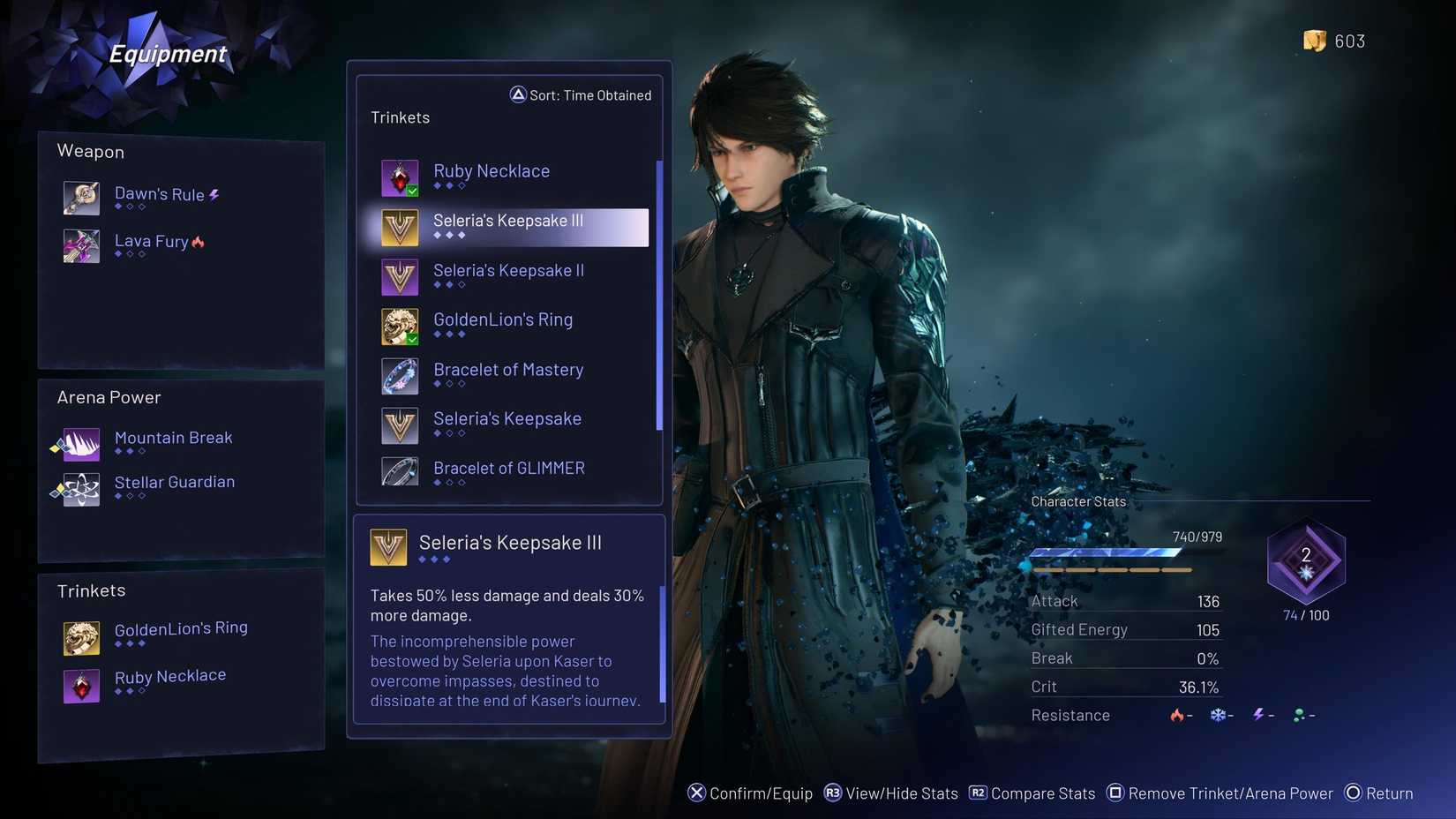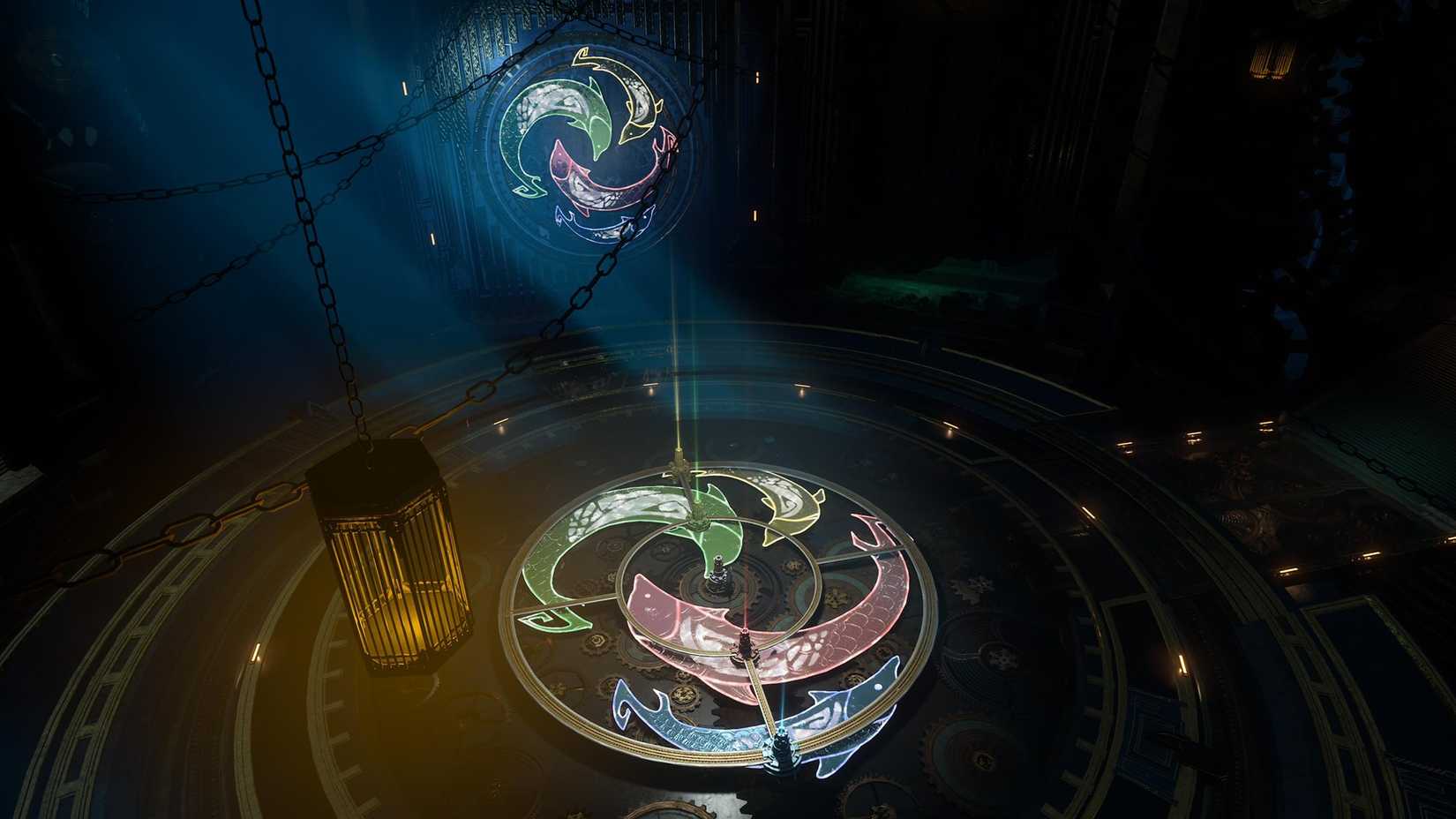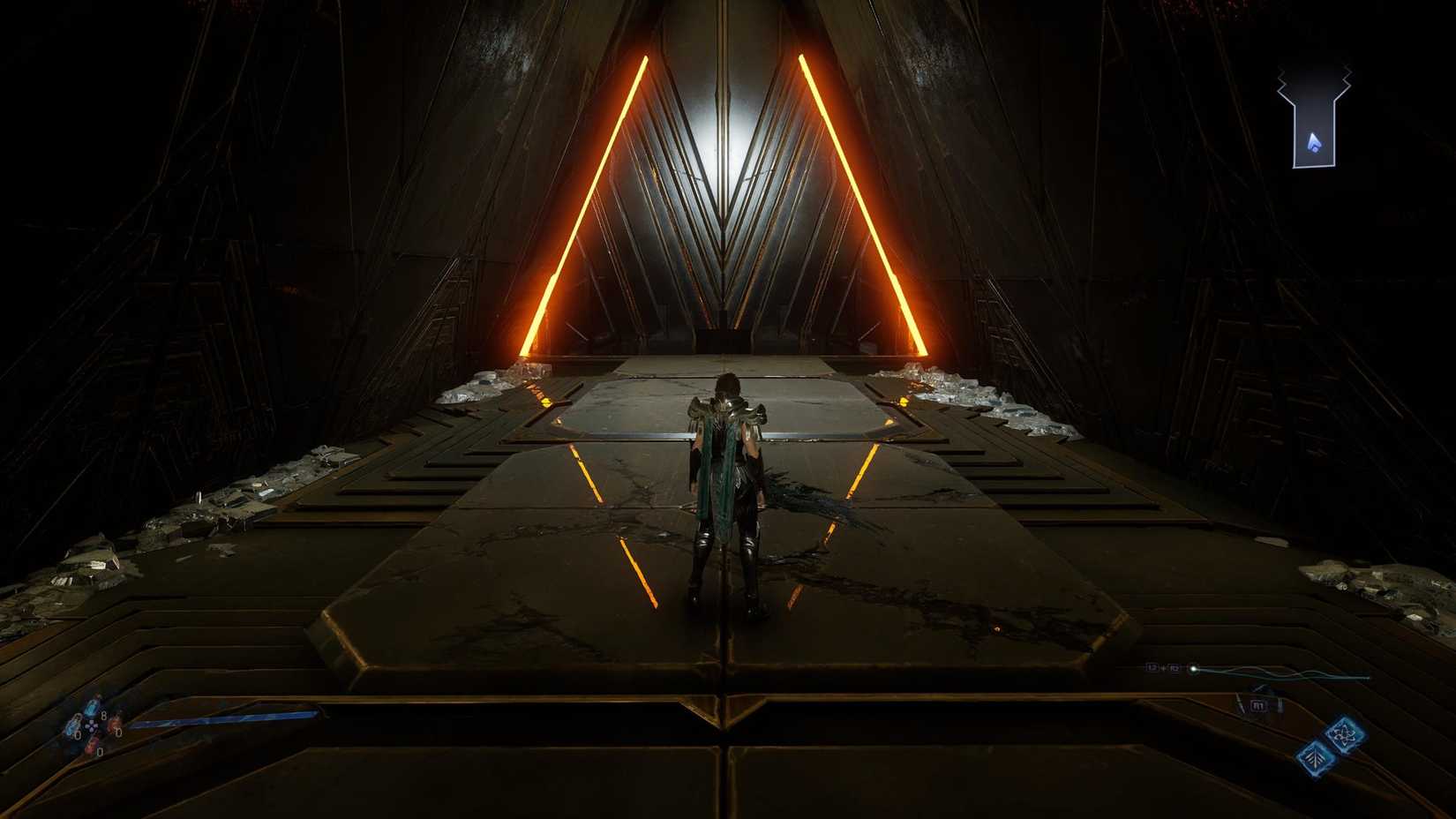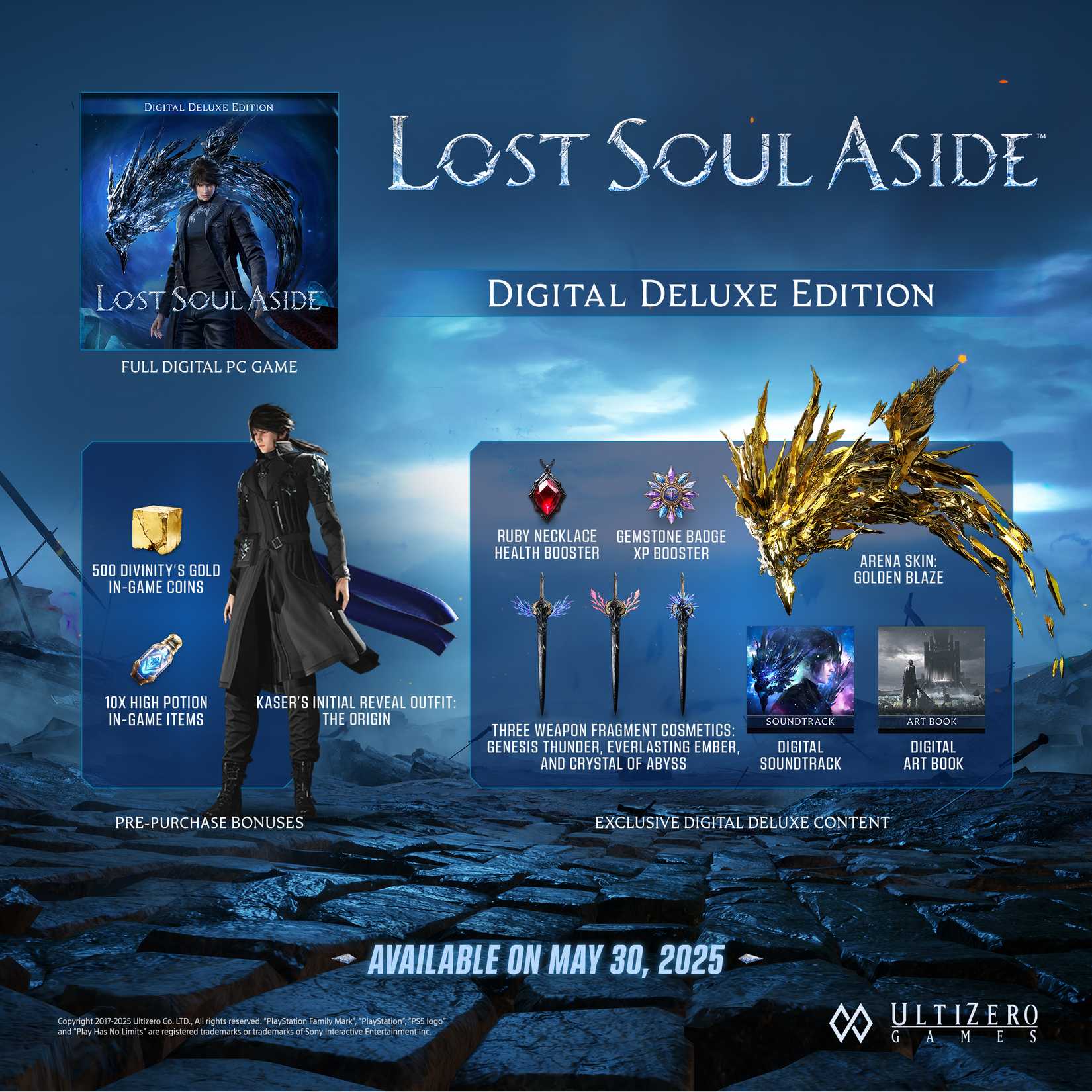In this review, we’re going to be taking a look at Lost Soul Aside, a game that has been in development for well over a decade, and was shockingly shadow-dropped last week.
The game was originally an indie project made by a single developer, Yang Bing, which was later noticed by Sony and backed with the China Hero Project, a program created to support smaller Chinese developers. So, does this game live up to the decade-old hype? Let’s find out!
Lost Soul Aside
- Genre: Action-adventure role-playing
- Developed by: Ultizero Games
- Published by: Sony Interactive Entertainment
- Release date: 29 August 2025
- Platforms: PC (Reviewed), PlayStation®5
- Price at time of review: $59.99
Lost Soul Aside Review – Story and Setting
Setting & World
In Lost Soul Aside, you are thrust into a Final Fantasy-esque future Earth, where magical powers meet advanced sci-fi technology. In this time, the world has been conquered by a tyrannical Emperor using the power of the Gifted, a special kind of people who are “gifted” magical abilities such as teleportation.
You play as Kaser, an inexplicably strong human and part of a small rebel group called GLIMMER, who protects the citizens of the capital from the Emperor’s brash army that imposes superiority over the public.
The world is one of the stronger points of Lost Soul Aside, with many opportunities for worldbuilding presenting themselves as the story progresses. You get lore entries throughout the game via letters or updated character logs, which makes the world feel more alive.
The Imperial Capital also serves as a great hub to reinforce this sense of life, with a handful of NPCs you can interact with. As the story progresses, you’ll also get to explore several unique locations across dimensions and the real world, each with its own history that you slowly uncover.
One weaker aspect of worldbuilding is the alien race, the Voidrax. After passing the prologue, you are introduced to these aliens, who suddenly invade the capital like it’s Independence Day, stealing the souls of humans for an evil mastermind.
While the concept and design of the Voidrax is interesting, the long monologues explaining their origins and powers are tedious and confusing, possibly due to meaning being lost in translation from Chinese to English.
Story
The story you follow as Kaser is not the most engaging, but it isn’t a bore either. Once the Voidrax invade the Imperial Capital, Kaser encounters an all-powerful Voidrax called Lord Arena, who was imprisoned for 1,000 years deep underground in the city. Kaser bonds with him in a symbiote-like relationship to gain powers similar to the Gifted.
Despite his new powers, the invading Voidrax manage to take his little sister’s soul after a random Imperial Army trooper selfishly throws her in front of one to save himself. From there, Kaser’s quest begins to recover his sister’s soul by fighting against the Voidrax using Lord Arena’s power.
It’s quite a cliché story, but it works well enough to push the player forward.
However, after the prologue, the story takes a huge hit and falls into a repetitive loop of “kill 4 or 5 bad guys over the next 2–3 hours to unlock the next stage of the story.”
The aforementioned worldbuilding is practically all you get in terms of narrative during the bulk of the game, which can make it feel like a bit of a slog.
All in all, the story and setting of Lost Soul Aside are definitely not the focal points after the prologue, feeling somewhat generic and uninspired. That being said, the actual focus — the combat — was executed very well.
Gameplay in Lost Soul Aside
Moving onto gameplay, Lost Soul Aside has taken a lot of inspiration from Devil May Cry, which has objectively become the best part of this game. The combat in particular is very satisfying, being one of the first games I have played that feels anywhere close to Devil May Cry’s complex combat system.
Combat
Like Devil May Cry, combat has been elevated in this game to not just be about beating your enemies, but smashing them into a pulp in the most stylish way possible. It does start off quite slow during the prologue with limited functionality, but once you unlock the skill tree for your first weapon, a Sword, you can start unlocking flashy moves and diversify your combat playstyle.
The fundamentals of combat will be familiar to anyone: you can do a normal attack, special attack, and dodge or block enemy attacks. Dodging at the perfect moment creates a special orb that floats around your character, enhancing your next normal attack.
Perfect blocking enemies performing an attack with a blue indicator will temporarily stagger them, allowing you to deal some damage.
There are a few more special functions in combat that add spice and combos. Firstly, you can lift enemies into the air and perform special airborne attacks.
You can press R2 to activate a ranged follow-up attack after almost any chain to continue your combo. Lastly, you can change weapons to access completely different movesets on the fly, even in the middle of attacking, blocking, or dodging.
Additionally, you have up to three upgradable abilities in Arena Power slots that improve as you progress, and a super-charged mode you build up similar to Devil Trigger from DMC or Yokai Shift from Nioh 2.
The combat is snappy with inputs, and there is a lot of freedom and creativity in the system, allowing you to blend into your own combat playstyle. For example, I really enjoyed playing with the sword, since it had Vergil-style Judgement Cut ends embedded into several skills, making you invulnerable while dealing massive damage. By executing specific attack combos perfectly, I could constantly stagger trash mobs while looking awesome, and spice it up every now and then by swapping to my other weapons.
I only have one gripe about combat in this game, and it concerns off-camera enemies.
In Devil May Cry 5, enemies outside the camera’s vision would not attack and instead move closer to the player until they were visible.
This was a great feature for the type of game Devil May Cry 5 is, and it would be an excellent quality-of-life feature for Lost Soul Aside, especially since some secret missions require you to take no damage while ranged enemies can shoot you from off-screen.
Progression
In terms of progression, your main form comes from the aforementioned skill trees, which unlock new attacks and passive bonuses. You gain skill points quickly as you play, essentially acting as XP for your playthrough.
For equipment, you have your weapon slots, Arena Powers, and Trinkets. Equipment drops don’t appear to be random, instead being set drops from certain bosses, enemies, and exploration chests.
For weapons, there isn’t really any form of linear progression, as stronger weapons don’t drop later on. Instead, you get status effect variants: Fire, Lightning, and Ice. You can only upgrade weapons on your second playthrough in hard difficulty.
The status effects don’t feel very different in terms of damage output, mainly changing visual effects, so weapon progression doesn’t feel meaningful.
That being said, you can improve weapon damage and even create a build by finding accessories to equip onto your weapon, with six slots available per weapon. These accessories are the main progression system for weapons, with the best ones increasing crit damage or healing you when dealing damage to an enemy afflicted by a status effect. One neat touch is that you can fashion your weapons by placing the accessory anywhere on top of them, which is a fun addition.
Arena Powers feel like true progression, since you unlock them by defeating bosses and can further upgrade them by exploring levels.
Since they provide i-frames on use, they act as another tool in your combat arsenal to keep combos going.
Lastly, Trinkets function like accessories but are much stronger. Later in the game, you can start making real builds by combining certain accessories with trinkets.
Level Design & Bosses
The main structure of the game progresses through chapters that take you to levels in a linear fashion, so this won’t be an open-world exploration game if that’s what you were looking for.
That being said, level design was decent throughout most of the game.
There were some sections with meaningless puzzles, but overall there was a good mix of combat and exploration for the type of action game this is.
The real standout in the levels is the environmental design. Some areas look absolutely fantastic and nail that Final Fantasy feeling, which I honestly didn’t expect going in. Even Devil May Cry 5 struggled with level design at times, with some dull environments, but somehow Lost Soul Aside manages to pull off Final Fantasy-tier world design at its peak.
At around the halfway point, you’ll start to find dimension portals that lead to secret missions, rewarding you with special items if you can complete the challenges.
Some are ridiculously overtuned, but they’re fun additions to exploration (even if copied straight out of DMC).
As for the enemies and bosses, I found myself enjoying every encounter. Enemies had decent variety, such as soldiers combining into a giant hammer, a massive rolling armadillo, or knight-like humanoid elites. Some non-staggerable enemies are also mixed in with normal ones to spice up combat and add difficulty.
When it comes to bosses, the game almost feels like a boss rush with how many you fight, but the variety is impressive. Each encounter features a unique creature with different movesets, forcing you to adapt. At no point did bosses feel recycled, and they provided real difficulty spikes.
Lost Soul Aside - Design, Visual & Audio
Graphically, Lost Soul Aside is a polished product, with both good art style and visual fidelity, especially in environments. I didn’t notice any major performance issues in my playthrough, running at a consistent 90FPS with max settings and an RTX 3090, but I did crash once.
Characters have weak facial animations, but given that we haven't seen a game with good facial animations in a long time, it's not a huge sore point for a primarily action-based game.
My main point of distaste would be in the audio, which is perhaps the most unpolished section of the game.
The audio mixing is terrible, forcing me to tweak all the sliders in the audio settings right off the bat in the prologue.
Sound effects in combat are decent, but the transition between gameplay and cutscenes always has a jarring cut that makes the game feel very unpolished.
The voice acting in English was noticeably weak, making the cliché dialogue even worse to listen to. As such, I couldn’t take any of the characters seriously, except for Lord Arena's comic relief quips every once in a while.
Given this is a Chinese development, the Chinese voice acting is better, so I would recommend playing with a Chinese dub and English subs.
In terms of bugs, I didn’t encounter any game-breaking ones, but I did see NPCs running into walls at times and some SFX missing in combat. I have seen other people report game-breaking bugs like not having a skill tree and needing to restart their whole playthrough.
Pricepoint, Game Length & Replayability
With my full playthrough taking 18 hours, the game is quite short. The only reason you would want to run other playthroughs is to try out the upgrade system in hard mode or unlock some achievements.
Once you beat the game, you do get access to a Boss Rush mode, but by the time I finished I was already checked out of the combat, having fought so many bosses and enemies throughout my playthrough.
If the game had a style system similar to DMC5, there would be a lot of replay value and motivation to perfect your gameplay, but unfortunately that isn't present. As such, I wouldn’t see much reason to replay this game, making it an 18-hour experience for most people.
With Lost Soul Aside’s $59.99 price tag, it's a steep ask for 18 hours of good combat. Recent $59.99 titles deliver much more, such as The First Berserker: Khazan or Expedition 33, and the main inspiration for this game, DMC5, is only $30. In my view, this game should have been around half the price for the value per dollar.
Final Thoughts
As much as I want to love Lost Soul Aside for its amazing combat, the game simply cannot live up to some of my basic expectations for a fully priced $59.99 title. It’s a shame because with proper voice acting, better audio, and more polish in general, this could have been a game that rivaled titles like Stellar Blade.
Despite all its shortcomings, the game was enjoyable if not just for the combat; it truly is the one and only highlight of the game, and it's quite impressive what a solo dev managed to achieve in this field. I would not recommend this game at full price, but it would be worth a try at a discount.
Embark on an epic odyssey to save your
sister and the whole of humankind from dimensional invaders in Lost Soul Aside – a
stylish single player action-adventure RPG.
Chain lightning-fast combos, learn new abilities, and upgrade your weapons as you
take on formidable enemies and colossal bosses in fast, dynamic combat.
- Released
- August 29, 2025
- ESRB
- Rating Pending
- Developer(s)
- Ultizero Games
- Publisher(s)
- PlayStation Studios
- Engine
- Unreal Engine 4
- Story and Setting
- Gameplay
- Design, Visual, and Audio
- Replayability
- Pricepoint
- Review Summary
-
Despite the stellar combat leaning heavily into Devil May Cry inspiration, most other areas of Lost Soul Aside are not up to par for a full priced 59.99 U$D game. Unfortunately, it is not a game we recommend at full price, but is worth a try on a discount.

